Undergraduate courses in mathematics are commonly of two types. On the one hand there are courses in subjects, such as linear algebra or real analysis, with which it is considered that every student of mathematics should be acquainted.
On the other hand, there are courses given by lecturers in their own areas of specialization, which are intended to serve as a preparation for research. There are, I believe, several reasons why students need more than this.
First, although the vast extent of mathematics today makes it impossible for any individual to have a deep knowledge of more than a small part, it is important to have some understanding and appreciation of the work of others.
Indeed, the sometimes-surprising interrelationships and analogies between different branches of mathematics are both the basis for many of its applications and the stimulus for further development.
Secondly, different branches of mathematics appeal in different ways and require different talents. It is unlikely that all students at one university will have the same interests and aptitudes as their lecturers. Rather, they will only discover what their own interests and aptitudes are by being exposed to a broader range.
Thirdly, many students of mathematics will become, not professional mathematicians, but scientists, engineers or schoolteachers. It is useful for them to have a clear understanding of the nature and extent of mathematics, and it is in the interests of mathematicians that there should be a body of people in the community who have this understanding.
The present book attempts to provide such an understanding of the nature and extent of mathematics. The connecting theme is the theory of numbers, at first sight one of the most abstruse and irrelevant branches of mathematics. Yet by exploring its many connections with other branches, we may obtain a broad picture.
The topics chosen are not trivial and demand some effort on the part of the reader. As Euclid already said, there is no royal road. In general I have concentrated attention on those hard-won results which illuminate a wide area. If I am accused of picking the eyes out of some subjects, I have no defence except to say “But what beautiful eyes!”
The book is divided into two parts. Part A, which deals with elementary number theory, should be accessible to a first-year undergraduate.
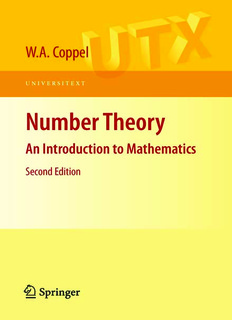
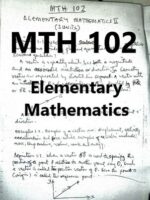
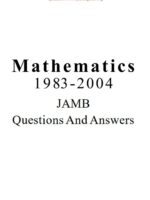
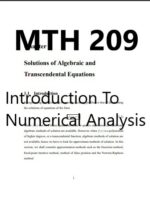
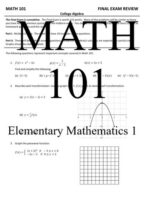

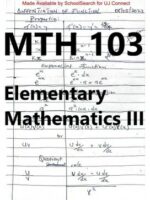
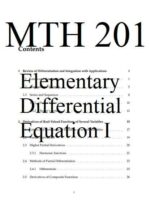
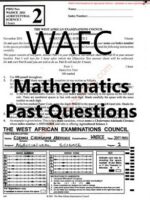
aslam
Good Product